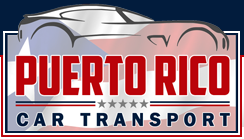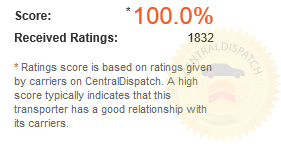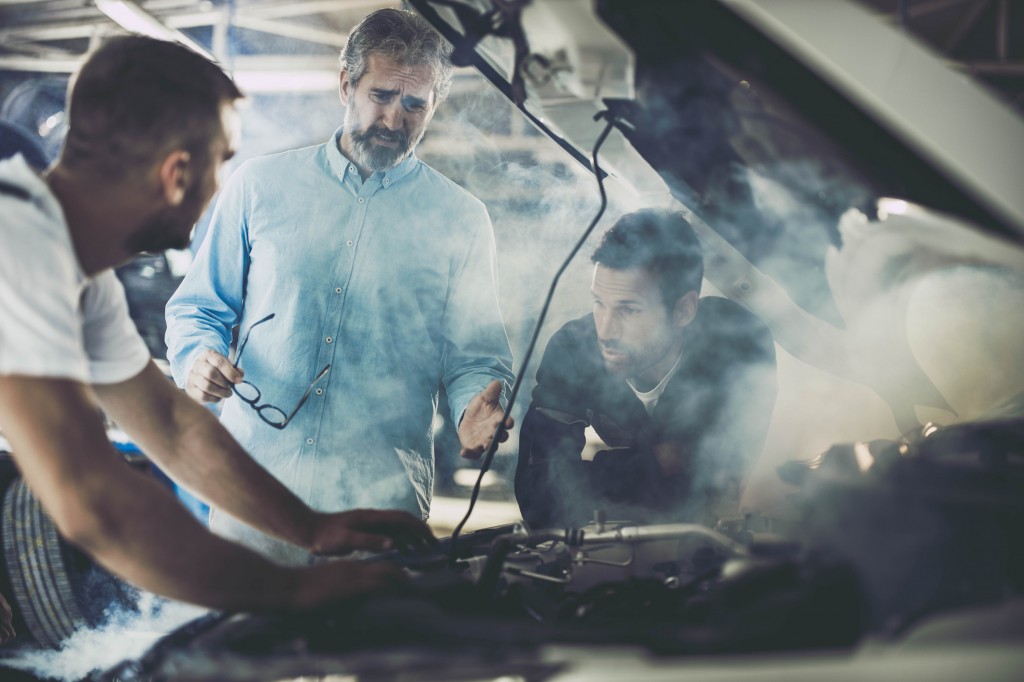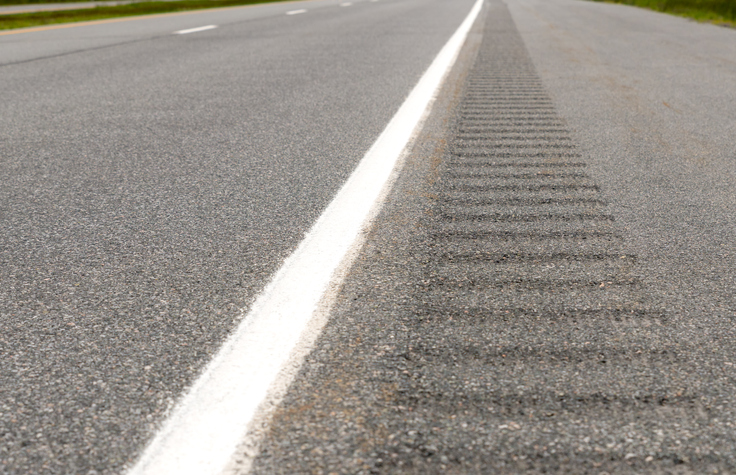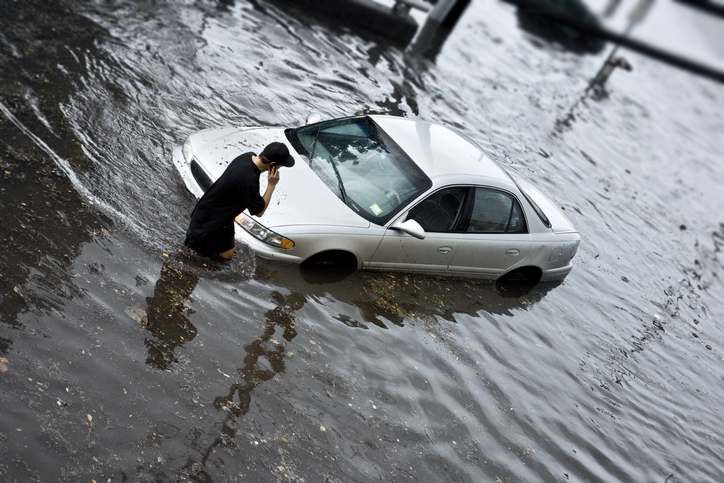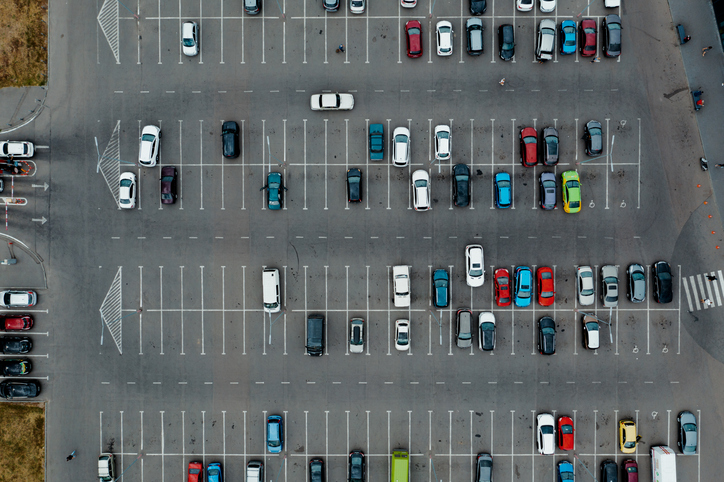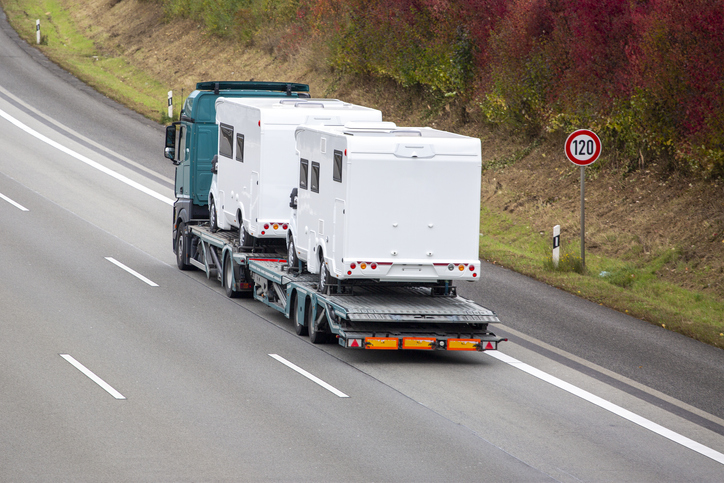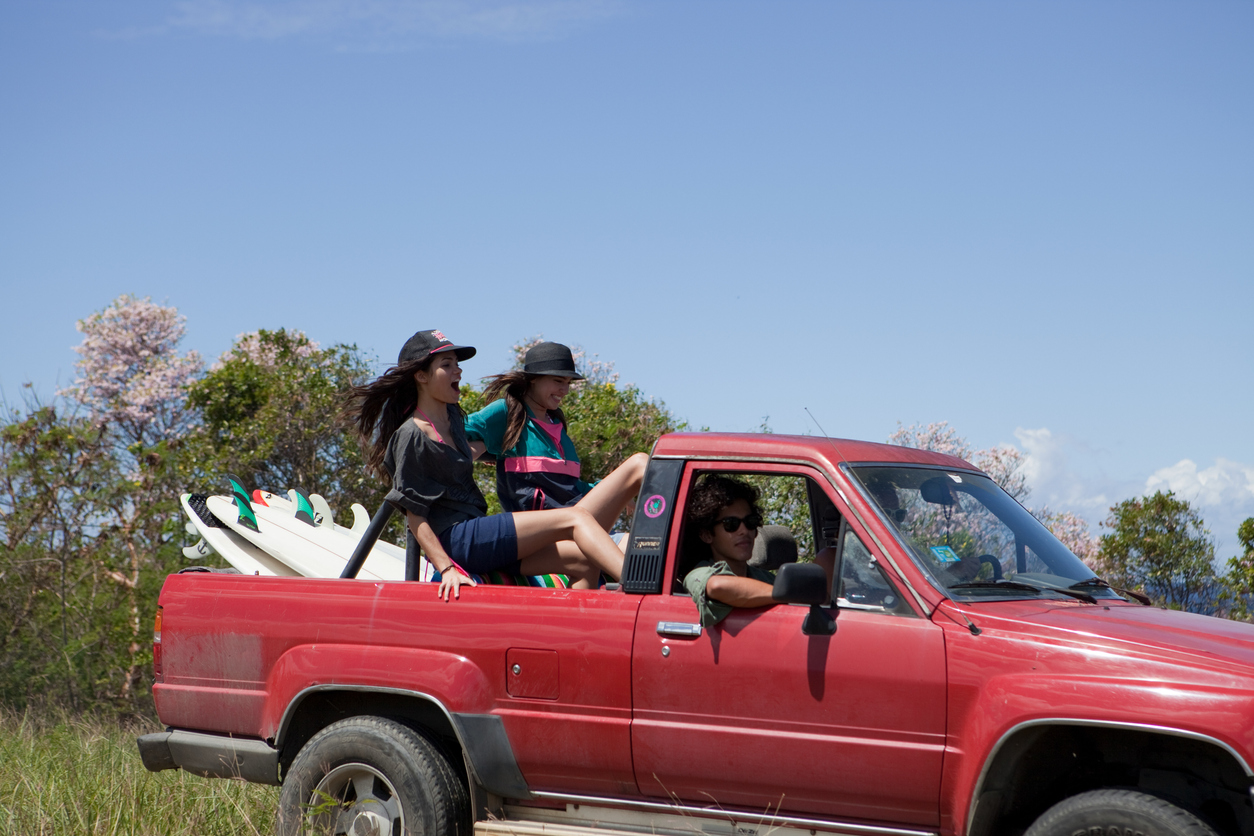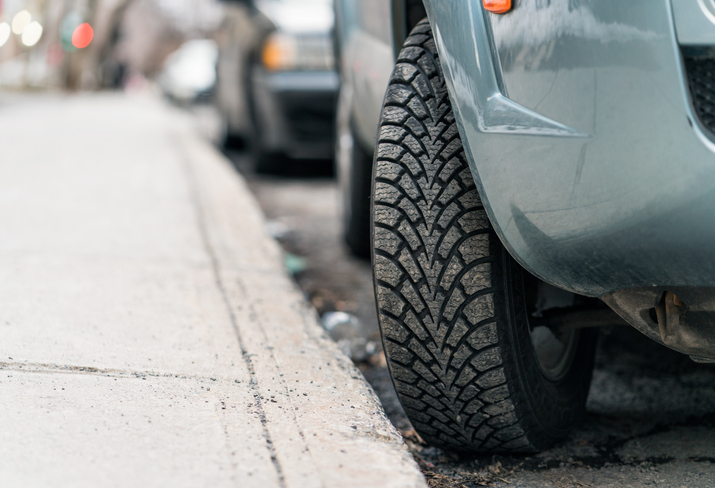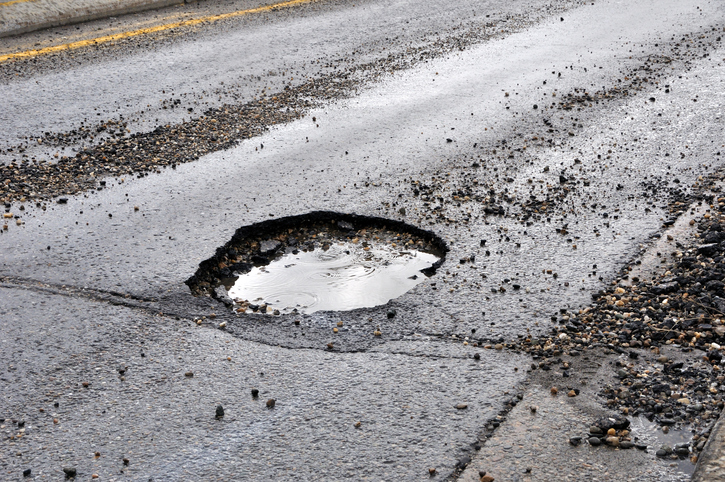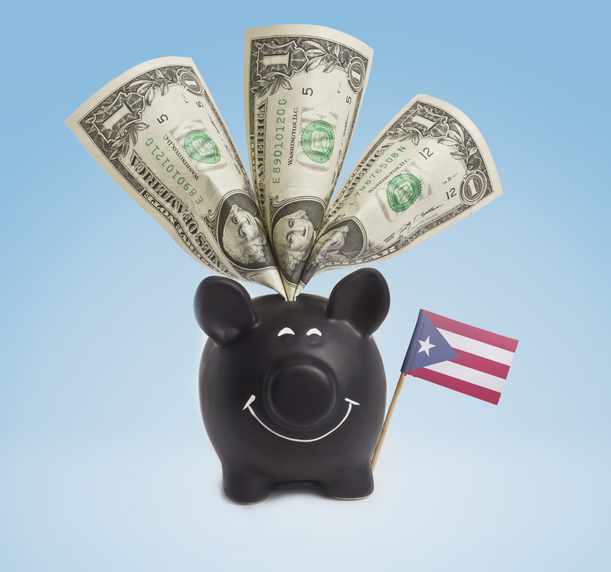Taking extreme caution
Making yourself visible
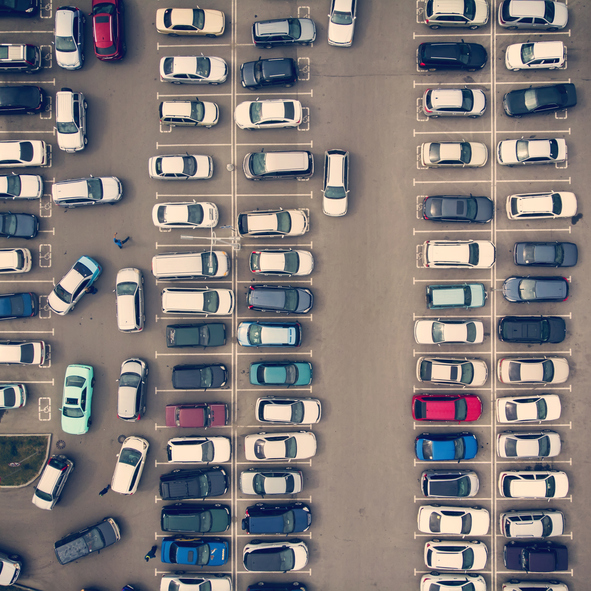
Taking extreme caution
When pulling out of a parking space or driveway in Puerto Rico, it’s important to be cautious and aware of your surroundings, especially if you are unable to see oncoming traffic. Traffic in Puerto Rico is more aggressive than many other places and cars can speed past you as you pull out of a parking space without warning. Here are some steps to take to pull out safely:
- Check your mirrors – If you are backing out, prior to beginning to pull out of the parking space or driveway, check your mirrors so you can be sure there are no cars or pedestrians behind you. Adjust your mirrors so that you have the widest possible view.
- Roll down your windows – Rolling down your windows will allow you to hear approaching vehicles or pedestrians.
- Slowly pull out – When pulling out of the parking space, do so slowly and cautiously. Keep your foot on the brake and inch out of the space, scanning for any oncoming traffic.
- Use your horn – If you hear or see an oncoming vehicle or pedestrian, use your horn to alert them to your presence.
- Have a spotter – If you are very nervous and/or there is a lot of vehicles and/or pedestrians passing by, ask a passenger to get out of the car and help guide you out of the space.
By taking these steps, you can pull out of a parking space safely and avoid accidents or collisions with other vehicles or pedestrians. Remember to always be aware of your surroundings and take caution when pulling out of a parking space.
Making yourself visible
When pulling out, it’s important to make yourself visible to other drivers, especially if you are pulling out from between two larger vehicles or parked in a spot or driveway with limited visibility. Here are some ways to make yourself more visible to other drivers:
- Use your turn signals – Before pulling out, turn on your turn signal to indicate your intent to other drivers.
- Look both ways – Prior to pulling out of the parking space or driveway, look both ways to make sure that there is no oncoming traffic.
- Use your horn – If you see a vehicle approaching, use your horn to alert the other driver of your presence. This can help prevent a collision or accident. Just be aware, in Puerto Rico people constantly use their horns. So, this may be less effective than it should be because of all the other drivers beeping at the same time around you.
- Turn on your headlights – If it’s dark or visibility is poor, turn on your headlights to make yourself more visible to other drivers.
- Avoid distractions – When pulling out of a parking space, avoid distractions such as using your phone, having a conversation or eating. Keep your attention focused on safely maneuvering your vehicle out of the parking space.
By following these tips, you will make yourself more visible to other drivers when pulling out of a parking space. Remember to always be cautious and aware of your surroundings when pulling out of a space or driveway. If you need any type of car shipped to or from the port at San Juan, call our vehicle transport experts for a free quote today at (904) 322-7644!
